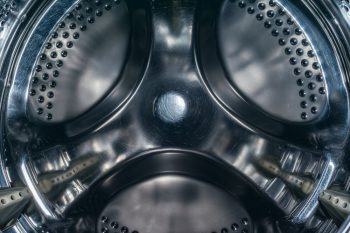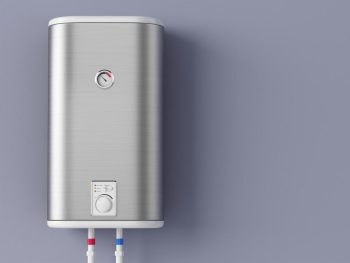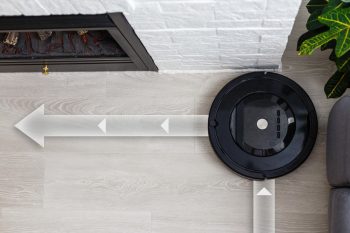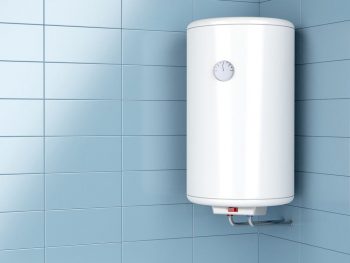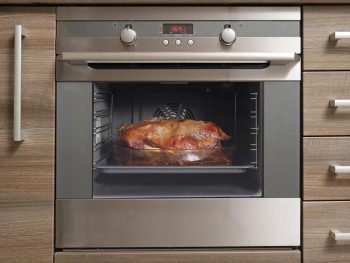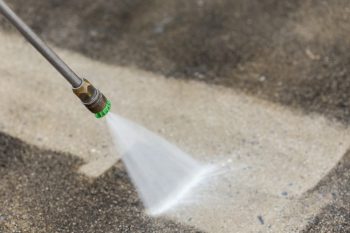
A ceiling fan is a crucial part of every home. It helps maintain a comfortable temperature and improves air circulation. However, when it comes to its internal workings, most people are left puzzled. One such aspect is the fan’s capacitor. In this comprehensive guide, we’ll delve into how you can tell if your ceiling fan uses a single or a dual capacitor.
You can tell if your ceiling fan uses a single or dual capacitor by checking the microfarad rating and the wiring terminals on the capacitor. A single capacitor will have one microfarad rating and two sets of terminals, while a dual capacitor will have two microfarad ratings and three sets of terminals. Always remember to turn off the power supply before checking.
What’s a Capacitor and Why is it Important?
Before we delve into the specifics, let’s first understand what a capacitor is. A capacitor is a small, cylindrical device that stores and releases electrical energy. In a ceiling fan, it plays a crucial role in starting and running the fan motor.
Single Vs. Dual Capacitor: The Basics
Now, let’s dive into the main differences between single and dual capacitors. A single capacitor has two terminals and is used to start and run the fan motor. On the other hand, a dual capacitor has three terminals and consists of two capacitors in a package. One capacitor is used for starting the motor and the other for running it.
Identifying Single and Dual Capacitors
The easiest way to tell if your ceiling fan uses a single or dual capacitor is by checking the microfarad rating and the wiring terminals on the capacitor.
Microfarad Rating
The microfarad rating indicates the capacitor’s ability to store energy. A single capacitor will have only one microfarad rating, while a dual capacitor will have two.
Wiring Terminals
Examine the wiring terminals on the capacitor. A single capacitor will have two sets of terminals, while a dual capacitor will have three.
Implications of Single Vs. Dual Capacitors
The type of capacitor used can greatly impact the ceiling fan’s performance and functionality. A dual capacitor ceiling fan generally has reduced power consumption and reduced heating and cooling costs compared to a single capacitor fan. Dual capacitors also tend to last longer than single capacitors of the same ratings because each individual capacitor can be operated at a lower temperature.
Signs and Symptoms
While the physical appearance of the capacitor can give you a clue, there are also performance symptoms that may indicate whether your ceiling fan uses a single or dual capacitor. If you encounter issues such as the fan running slowly or not at all on all speeds, the fan not starting but will spin if started by hand, certain speeds are slow or do not work, or the motor hums and turns freely by hand but will not spin, it might be time to check the capacitor.
Safety First
When dealing with electrical components, safety should always be your top priority. Always turn off the power supply before beginning any work on your ceiling fan. If you’re unsure about any part of the process, don’t hesitate to consult a professional.
In conclusion, understanding the type of capacitor used in your ceiling fan can give you a better understanding of how it works and how to maintain it. Whether it’s a single or dual capacitor, knowing the difference can help you troubleshoot issues and ensure your fan is operating at its best.
Frequently Asked Questions
How can I safely handle a capacitor?
Capacitors can store electrical charge, even when the power is off. Therefore, it’s crucial to discharge it before handling. To discharge a capacitor, you’ll need to short its leads using a wire or a screwdriver with a non-conductive handle. Always remember to wear protective gloves and goggles.
How often should I replace the capacitor in my ceiling fan?
The lifespan of a capacitor may vary based on usage and quality, but on average, it should be replaced every 5 to 10 years. However, if you notice any changes in the fan’s performance, such as slow speeds or the fan not starting, it might be an indication that the capacitor needs replacement sooner.
Can I replace a dual capacitor with a single capacitor?
While technically possible, it’s not advisable to replace a dual capacitor with a single one. The dual capacitor is designed to run the fan motor more efficiently and effectively. Replacing it with a single capacitor might affect the fan’s performance and could potentially cause damage to the motor.
Can I replace the capacitor by myself?
If you are comfortable with electrical work and have the necessary tools, you can replace the capacitor yourself. However, if you’re unsure or uncomfortable handling electrical components, it’s always best to hire a professional. Remember, safety is paramount when dealing with electrical appliances.

